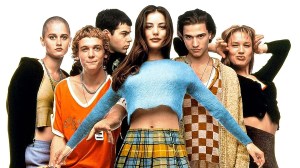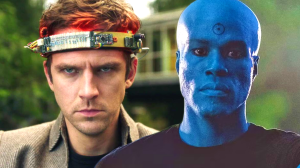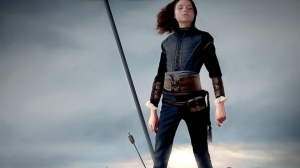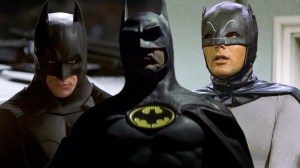Back to the Future fans were thrilled when they learned that Netflix had added the entire trilogy of films to the streaming service earlier this month, only for some fans to notice that one scene in Back to the Future Part II was censored, though writer Bob Gale has clarified that Netflix didn’t censor the film and that the service was merely provided the incorrect version from Universal Pictures. While theories had emerged that the service was offering a TV edit of the film, Gale pointed out that it was a specific foreign version of the film that was edited to appease more sensitive audiences.
Videos by ComicBook.com
“The blame is on Universal who somehow furnished Netflix an edited version of the movie,” Gale shared with The Hollywood Reporter. “I learned about it some 10 days ago from an eagle-eyed fan, and had the studio rectify the error. The version now running is the uncensored, unedited, original version.”
In the scene, Michael J. Fox’s Marty McFly believes he has found the iconic sports almanac which was retrieved from the future and would allow anyone who owned it in the past to know the outcome of all major sporting events. As Marty flips through the pages, he learns that he has actually found the adult magazine “Ooh La La” wrapped in the sports almanac’s jacket.
The edit that was briefly available on Netflix trimmed a shot of Marty flipping through the pages to see women in lingerie, in addition to omitting the reveal of the magazine’s cover, which also resulted in the loss of Marty’s exclamations about the magazine.
“Apparently, this was a foreign version which neither director Robert Zemeckis nor I even knew existed, for some country that had a problem with the Oh La La magazine cover,” Gale added. “I asked that the studio destroy this version. FYI, Netflix does not edit films — they only run the versions that are supplied to them. So they’re blameless. You can direct your ire at Universal, but I think they will be a lot more careful in the future — and with ‘the future.’”
Surely this news will alleviate concerns from Netflix subscribers who thought the service was making their own edits, an idea which was all the more perplexing given that they produce a variety of mature content and seemingly had no need to censor a classic film. However, with Disney+ recently using CGI to remove brief nudity from the Tom Hanks film Splash, subscribers couldn’t help but assume a similar situation was unfolding.
The Back to the Future trilogy is streaming now on Netflix.
What do you think of the situation? Let us know in the comments below!








